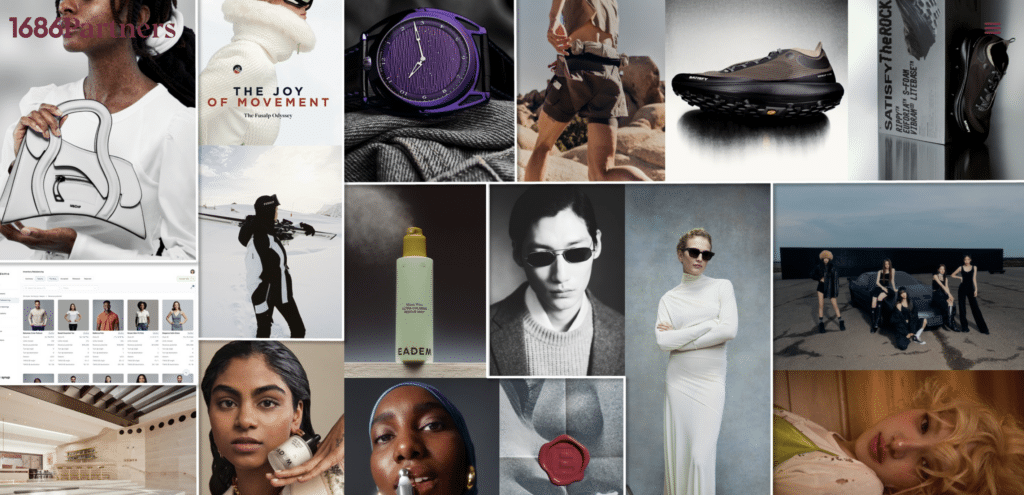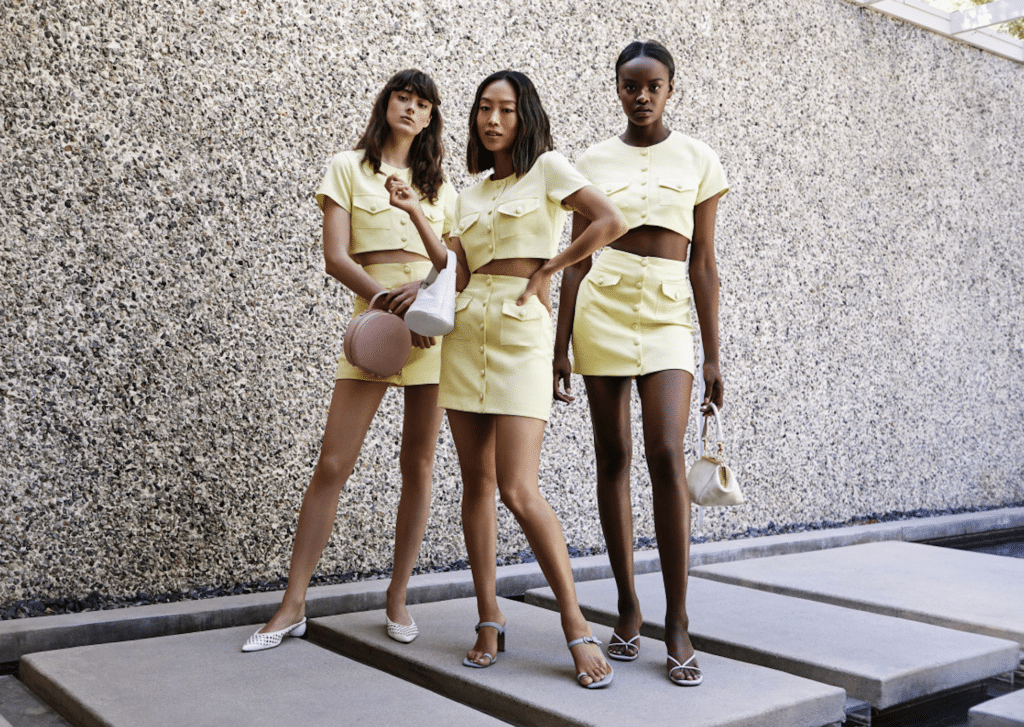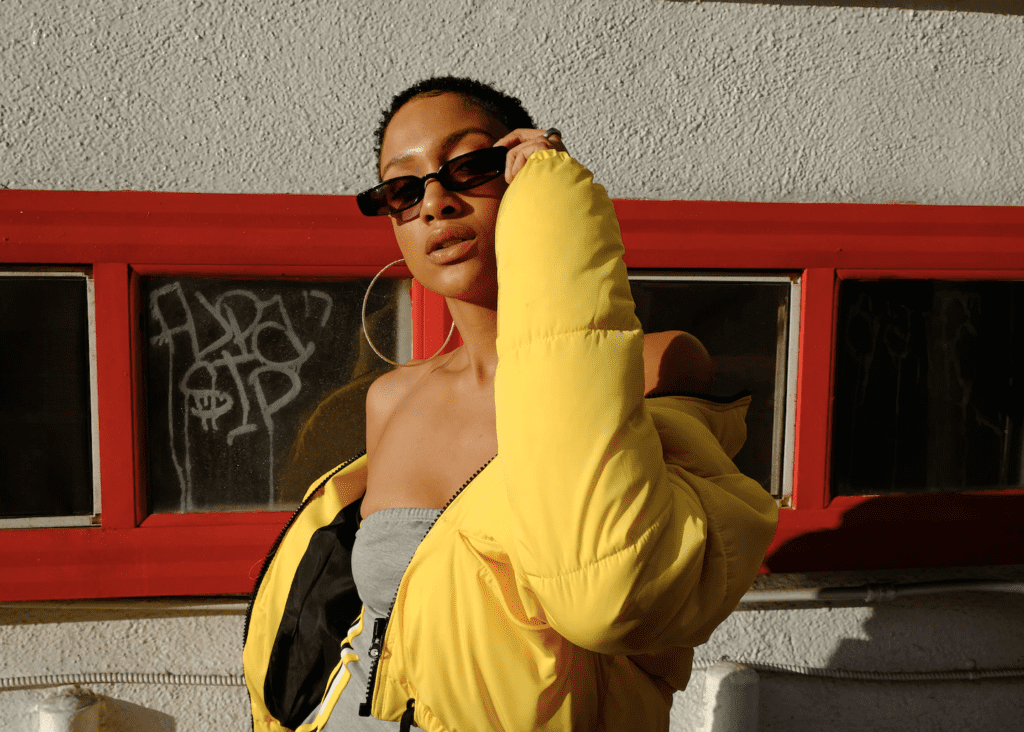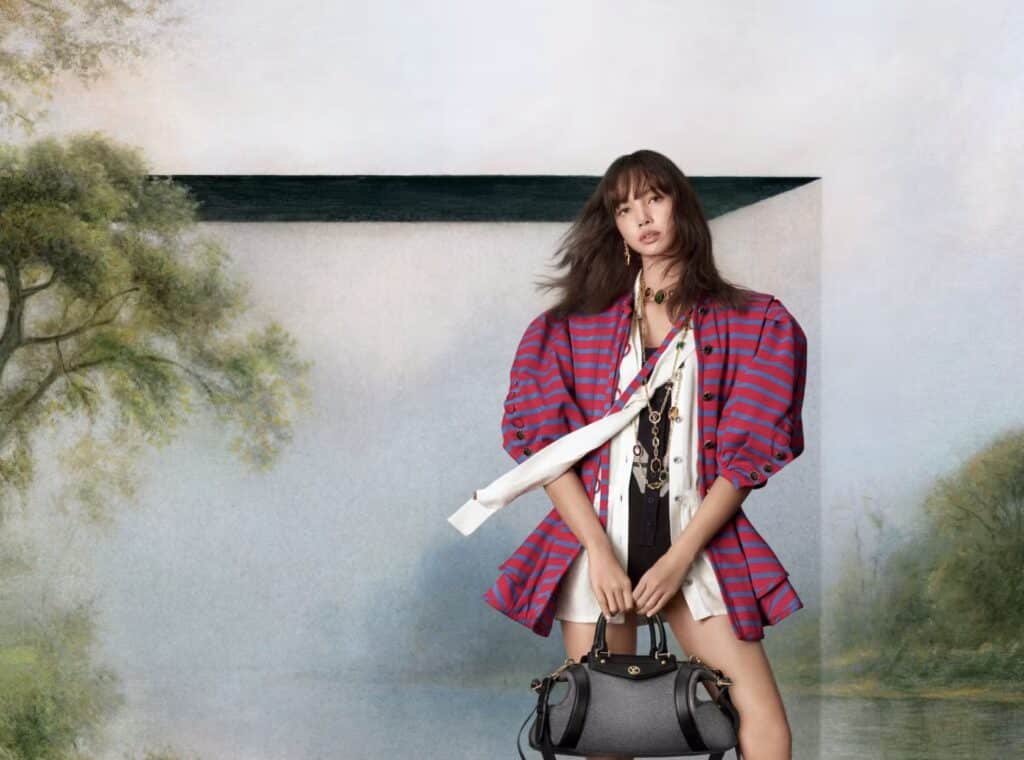Forget for a moment about the enduring clash between Alibaba and the U.S. Trade Representative, one that the Chinese e-commerce powerhouse characterizes as an example of the U.S. government using it as a “pawn” in its “bilateral disputes” with China. Put that political squabble aside and you will find a different battle being waged by Alibaba, one that sees the nearly-20-year old online commerce pioneer facing off against the likes of what might be even more staunch opponents: The hundred-plus year old luxury goods stalwarts of the fashion world.
Alibaba has, in many ways, defied the odds. After thoroughly changing the way in which Chinese consumers shop thanks to its multiple e-commerce platforms, the way they pay (thanks to its payment processing system, Alipay), and how they ship things (Alibaba’s logistics arm has helped to standardize much of the shipping in mainland China), Alibaba set its sights on luxury.
In a move that was largely unpredictable just a few years ago, when both LVMH and Kering – fashion’s leading conglomerates – were embroiled in legal actions involving Alibaba (or in the case of LVMH, some of Alibaba’s individual sellers) and U.S. trade groups were publicly distancing themselves from the Chinese entity as a result of member fury, Alibaba is swiftly building up a list of big-name partners.
Those partners come together on its Luxury Pavilion.
An invite-only online outpost for premium and luxury brands and their consumers in East Asia, the Luxury Pavilion launched in August 2017. In the short time since, Alibaba has inked deals with nearly 50 brands, including Burberry, La Mer, LVMH-owned Givenchy and Rimowa, and Maserati, which are all offering up their products by way of this exclusive arm of Alibaba’s Tmall platform.
Alibaba took this luxury-focused endeavor a step further this past week when it introduced its Luxury Pavilion Club, an initiative that will provide customers with “access to exclusive offers, celebrity events, flexible payment options, priority purchases and door-to-door returns,” per Alibaba, and offer brands the ability to create “a personalized and seamless online-to-offline experience for its top customers.”
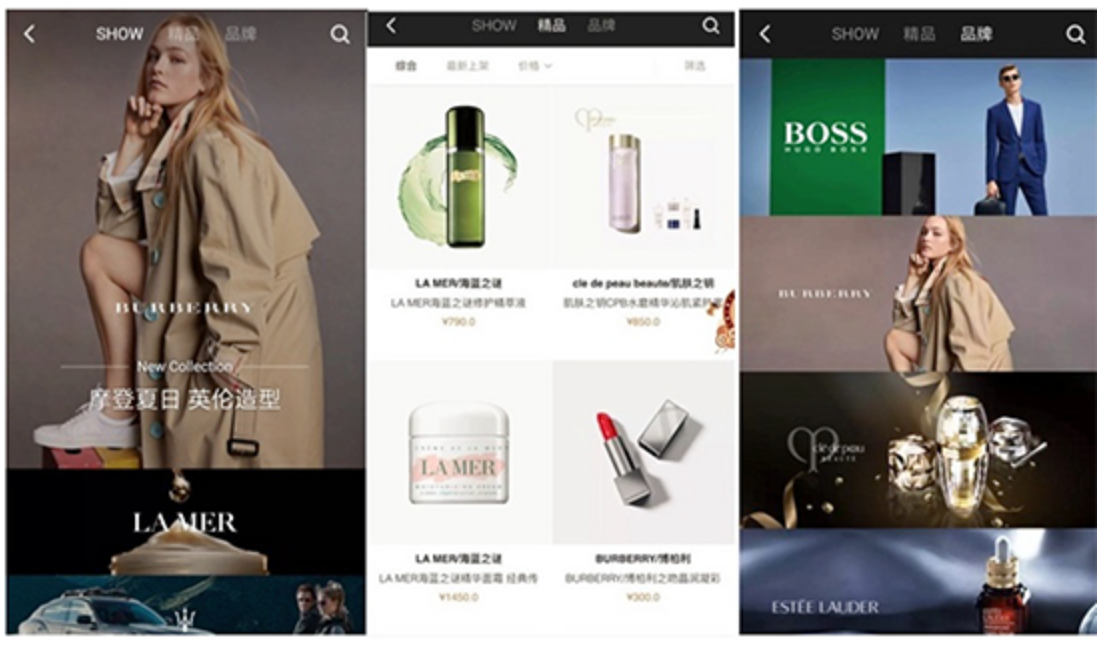
The Pavilion, itself, continues to prove to be one of the most interesting spaces on the web, one where the level of spending is often eye-popping. According to Alibaba’s latest figures, more than 100,000 shoppers on the Pavilion each spend over RMB 1 million ($159,000) a year on so-called luxury goods, whether it be La Mer skincare products, Burberry bags and ready-to-wear, or Rimowa luggage.
However, maybe even more striking than the $150,000-plus that individuals are spending each year on luxury goods on Alibaba is the average age of these shoppers. They are markedly younger than their luxury-buying counterparts in the West.
Nearly half of the luxury consumers on Alibaba’s Tmall e-commerce platform (the business-to-consumer marketplace that hosts the Luxury Pavilion) are 28 years old or younger (or those born “Post 1990,” as is the common way of categorizing this generation in China), and this age group accounts for a whopping 45 percent of all luxury purchases on the site, according to Tmall.
As striking as these numbers are, they are only set to grow. A recent Bain survey of almost 1,200 Chinese consumers reinforced the existing trend in China that its natives start purchasing luxury goods at a significantly younger age than their peers in the West – and they buy more frequently.
Meanwhile, a study released early this year by global consultancy KPMG revealed that 68 percent of the 3,000 millennials it surveyed said they planned to spend more on high-end clothing, shoes, jewelry, cosmetics, perfume, bags and accessories in the next year, with 93 percent of them saying they plan to buy more luxury goods over the next three years.
Considering that Alibaba’s has proved to be the most popular e-commerce platform in China – with 44 percent of millennials and 42 percent of non-millennials choosing it as their favorite online shopping channel – those luxury sales are going to take place on its Luxury Pavilion, and these numbers are almost certainly not lost on Western luxury brands, which appear to looking to Alibaba (and the data it can provide) to make inroads to the increasingly wealthy and wildly young Chinese consumer.











